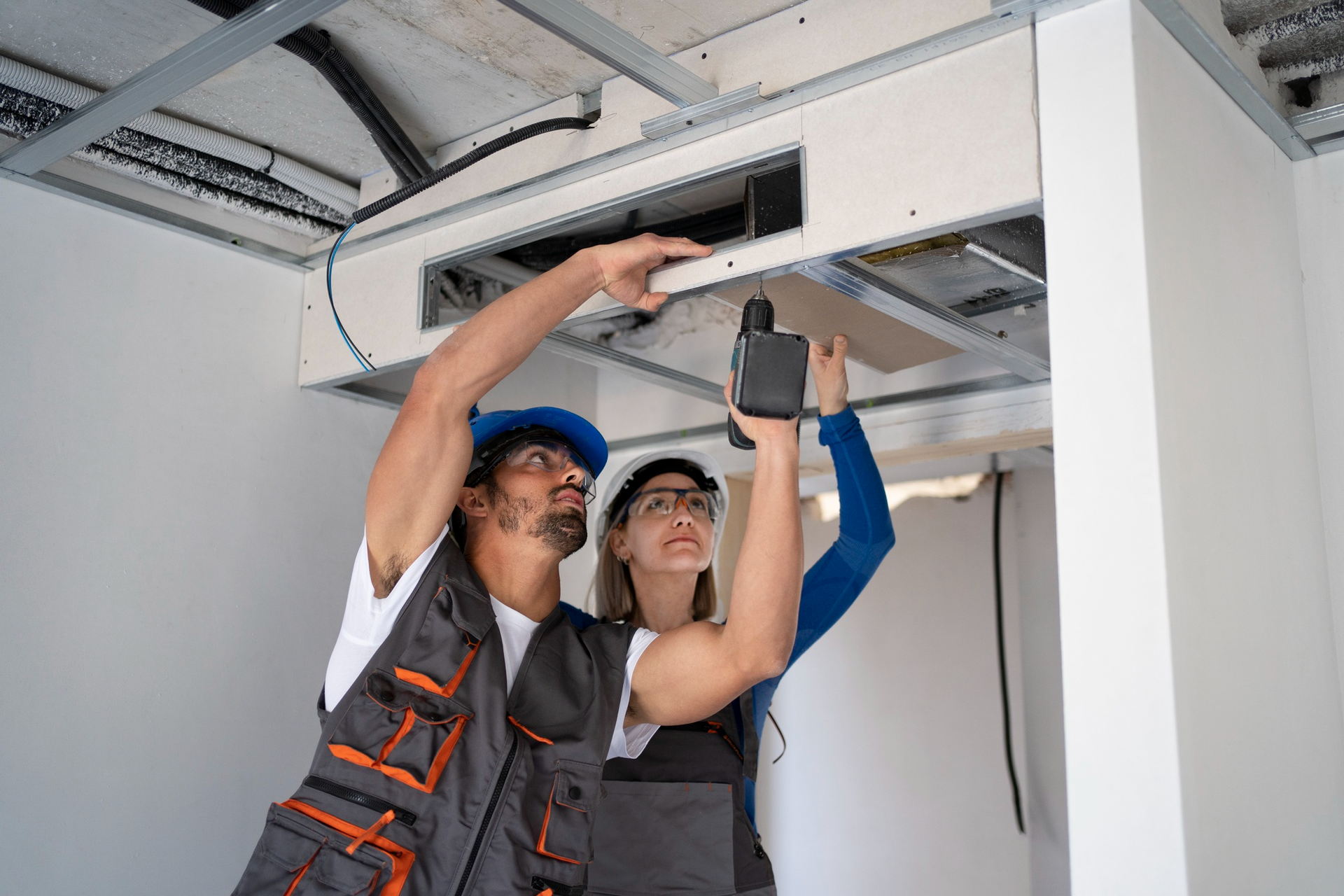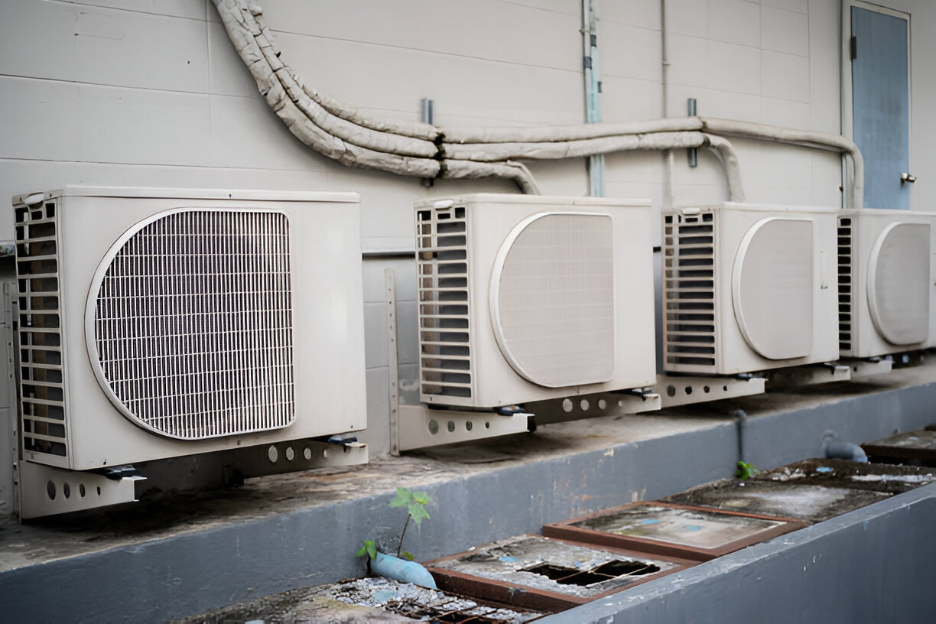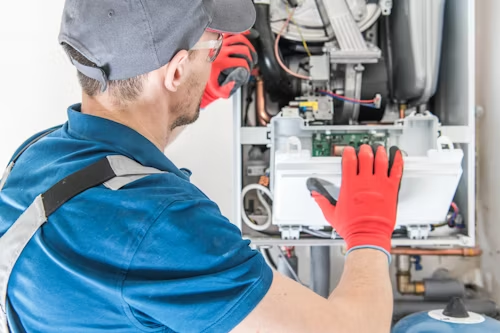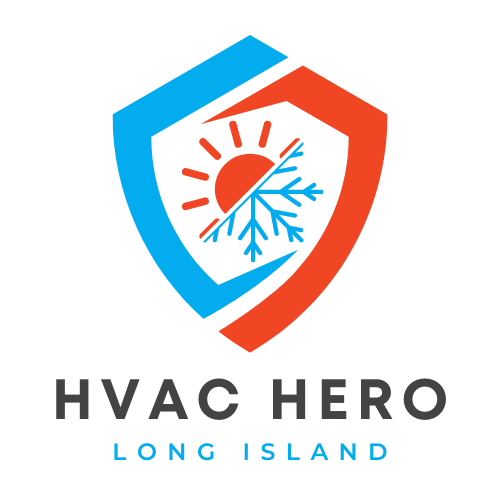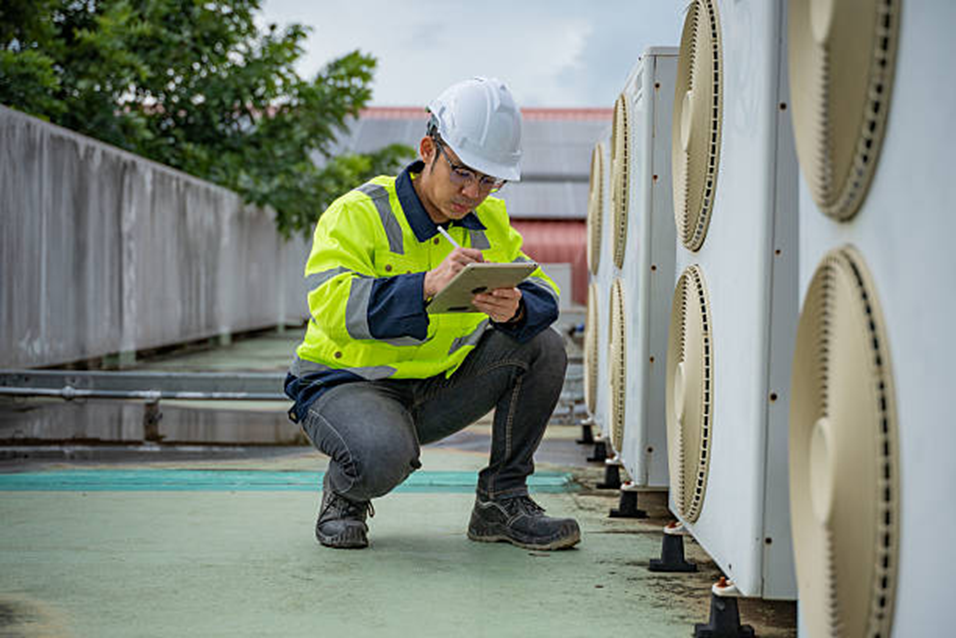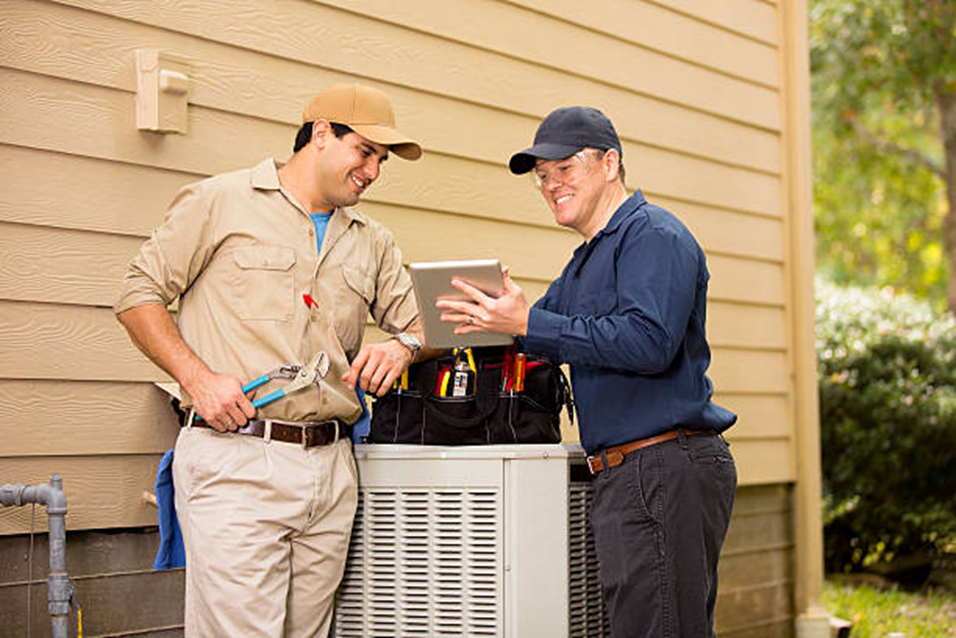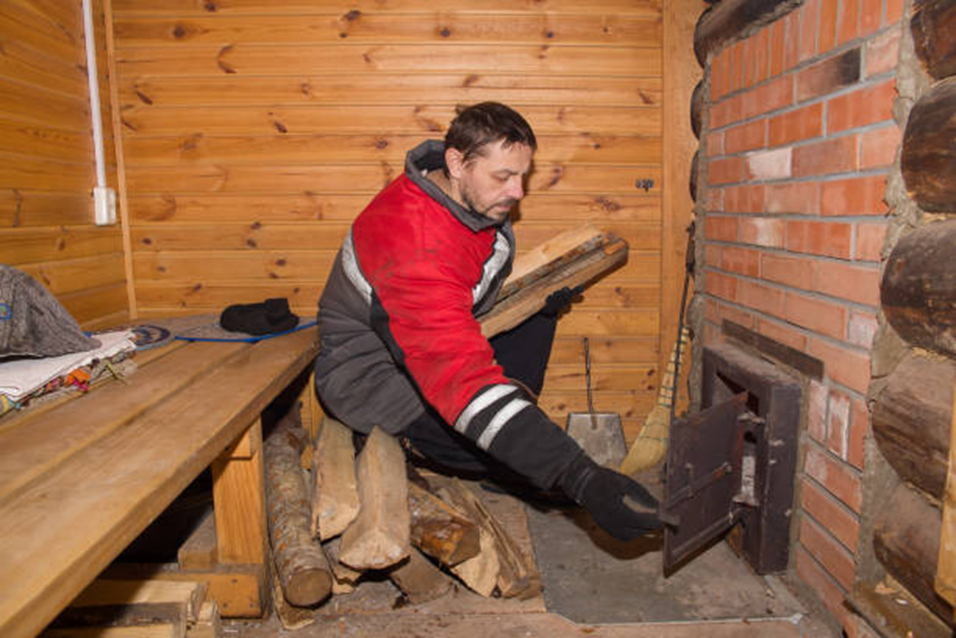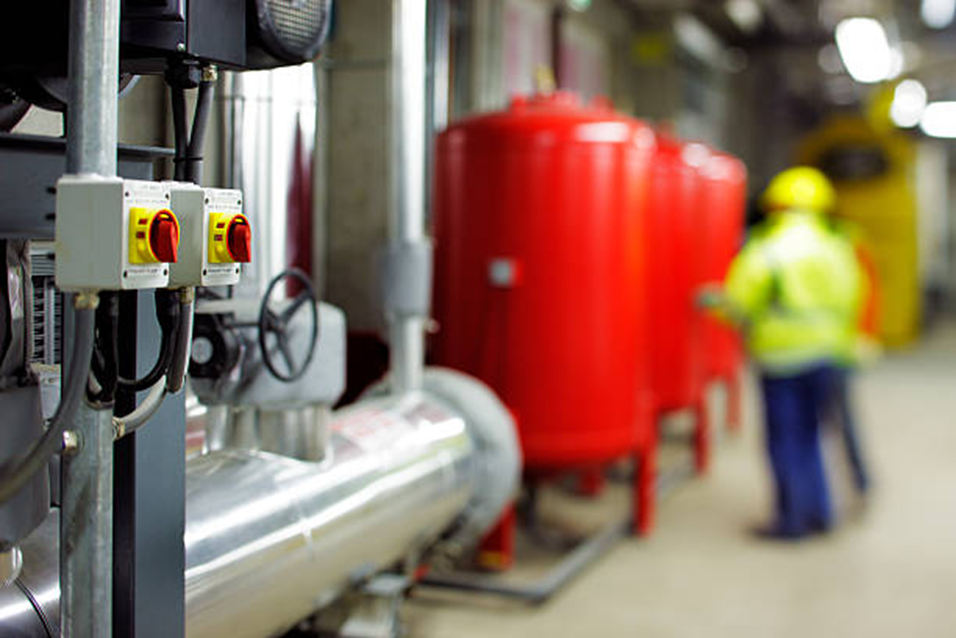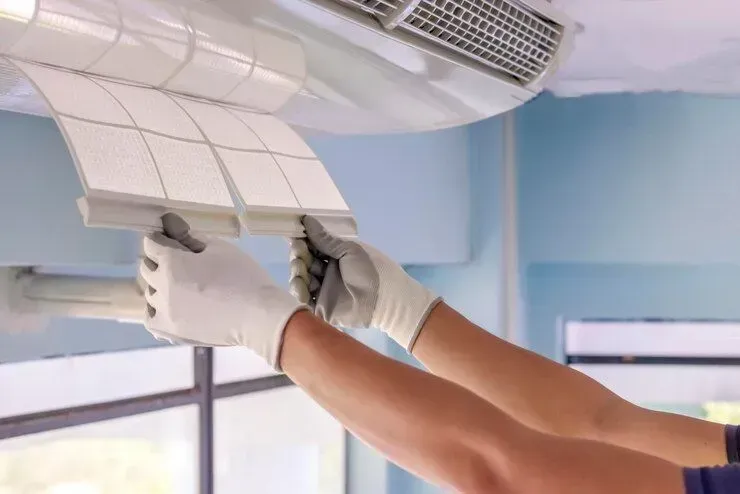Best Heating Solutions for Restaurants and Cafes in Long Island
Top Heating Solutions for Long Island Restaurants & Cafes
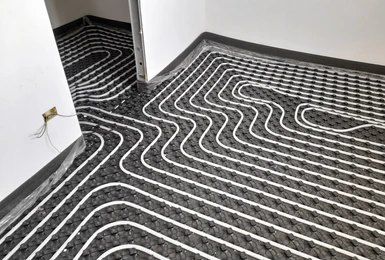
Running a successful restaurant or cafe in Long Island goes beyond offering delicious food and excellent service.
Creating a warm and inviting atmosphere is essential, especially during the cold winter months. A well-heated space not only enhances the customer experience but also ensures the comfort of your staff. Choosing the right heating solution for your establishment can make all the difference. This blog highlights the best heating options for restaurants and cafes in Long Island, focusing on energy efficiency, reliability, and cost-effectiveness.
1. Ductless Mini-Split Systems
Ductless mini-split systems are an excellent choice for small to medium-sized restaurants and cafes. These systems provide zoned heating, allowing you to control the temperature in different areas of your establishment, such as the dining room, kitchen, and restrooms.
Benefits:
- Energy-efficient operation.
- Quiet performance, ensuring a peaceful dining environment.
- Easy installation without the need for extensive ductwork.
This solution is perfect for businesses that want precise temperature control and minimal disruption during installation.
2. Radiant Floor Heating
Radiant floor heating is a luxurious and effective option for maintaining a comfortable dining atmosphere. This system works by circulating warm water through pipes installed beneath the flooring, providing consistent and even heat throughout the space.
Benefits:
- Silent operation, enhancing the ambiance.
- Eliminates cold spots for customer comfort.
- Energy-efficient compared to forced-air systems.
While the initial installation cost may be higher, the long-term benefits and energy savings make it a worthwhile investment for upscale restaurants and cafes.
3. High-Efficiency Furnaces
For larger restaurants with multiple rooms, high-efficiency furnaces are a reliable choice. These systems use advanced technology to maximize energy use, ensuring consistent warmth throughout your establishment.
Benefits:
- High energy efficiency, reducing utility costs.
- Reliable heating for large spaces.
- Compatible with air purification systems to improve indoor air quality.
Pairing a high-efficiency furnace with a programmable thermostat can help you manage energy usage during peak and off-peak hours.
4. Infrared Heaters
Infrared heaters are a great option for outdoor dining areas or spaces with high ceilings. These heaters work by emitting infrared rays that directly warm objects and people rather than the surrounding air.
Benefits:
- Ideal for patios and outdoor seating areas.
- Quick and targeted heating.
- Energy-efficient for spaces that are not continuously occupied.
With the growing popularity of outdoor dining, especially in Long Island, infrared heaters are a must-have for maintaining customer comfort.
5. Heat Pumps
Heat pumps are versatile and energy-efficient systems that provide both heating and cooling. They extract heat from the air or ground and distribute it throughout your space, making them an eco-friendly choice for restaurants and cafes.
Benefits:
- Lower energy consumption compared to traditional systems.
- Year-round comfort with heating and cooling capabilities.
- Environmentally friendly with reduced carbon emissions.
For businesses committed to sustainability, heat pumps are an excellent investment.
6. Ceiling-Mounted Heaters
Ceiling-mounted heaters are ideal for restaurants with limited floor space or high foot traffic. These systems are installed overhead, providing efficient heating without taking up valuable space.
Benefits:
- Space-saving design.
- Effective for high-traffic areas.
- Even heat distribution.
This option is particularly beneficial for cafes with open layouts and small seating areas.
7. Energy Management Systems
An energy management system (EMS) is not a heating solution itself but a tool to optimize your existing heating setup. EMS allows you to monitor and control energy use across your establishment, ensuring maximum efficiency.
Benefits:
- Reduce energy waste by scheduling heating during business hours.
- Track energy consumption in real-time.
- Identify areas for improvement to lower utility costs.
Integrating an EMS with your heating system can significantly enhance overall performance and savings.
Conclusion
Selecting the right heating solution for your restaurant or cafe in Long Island is essential for creating a comfortable and inviting environment. Whether you opt for ductless mini-splits,
Frequently Asked Questions (FAQs)
How do I choose the best heating system for my restaurant or cafe?
Consider factors like the size of your space, energy efficiency, budget, and whether you need zoned or whole-building heating. Consulting an HVAC professional can help you make the right choice.
Are energy-efficient heating systems worth the investment?
Yes, energy-efficient systems lower utility bills, reduce environmental impact, and often qualify for tax credits or rebates.
How can I ensure consistent heating in my restaurant?
Regular maintenance, proper insulation, and using programmable thermostats can help maintain consistent and efficient heating.
What’s the best heating solution for outdoor dining areas?
Infrared heaters are ideal for outdoor spaces as they provide quick, targeted warmth without heating the surrounding air.
How often should I service my commercial heating system?
Schedule professional maintenance at least twice a year to ensure optimal performance and prevent unexpected breakdowns.
